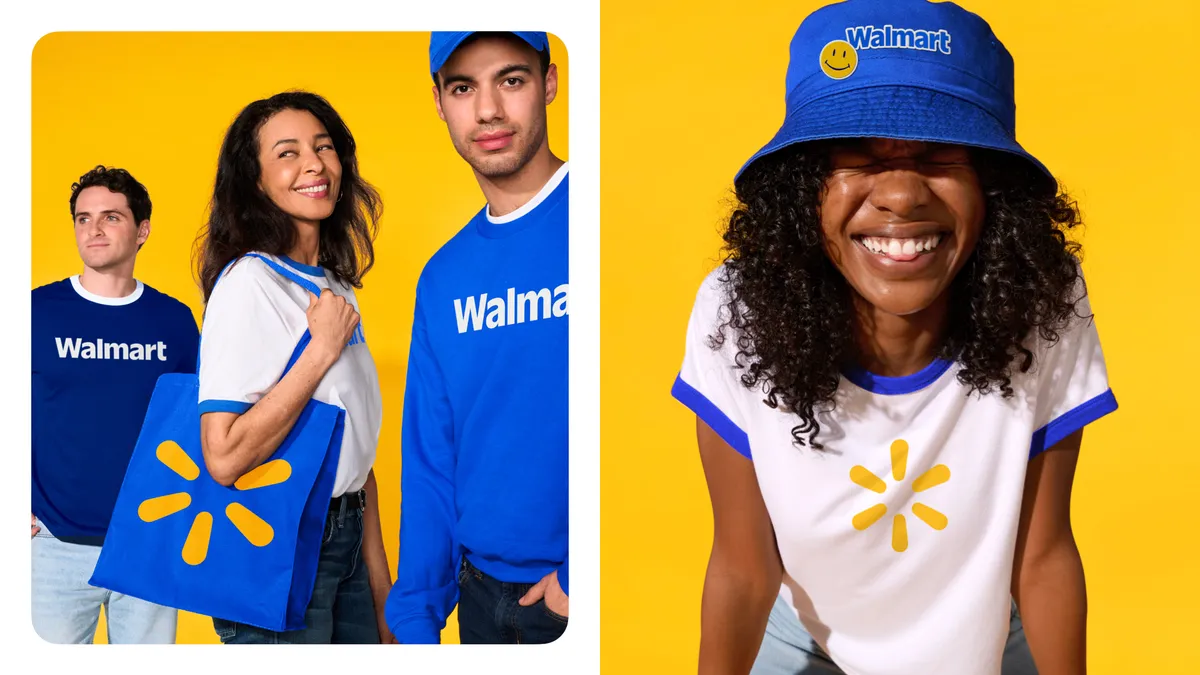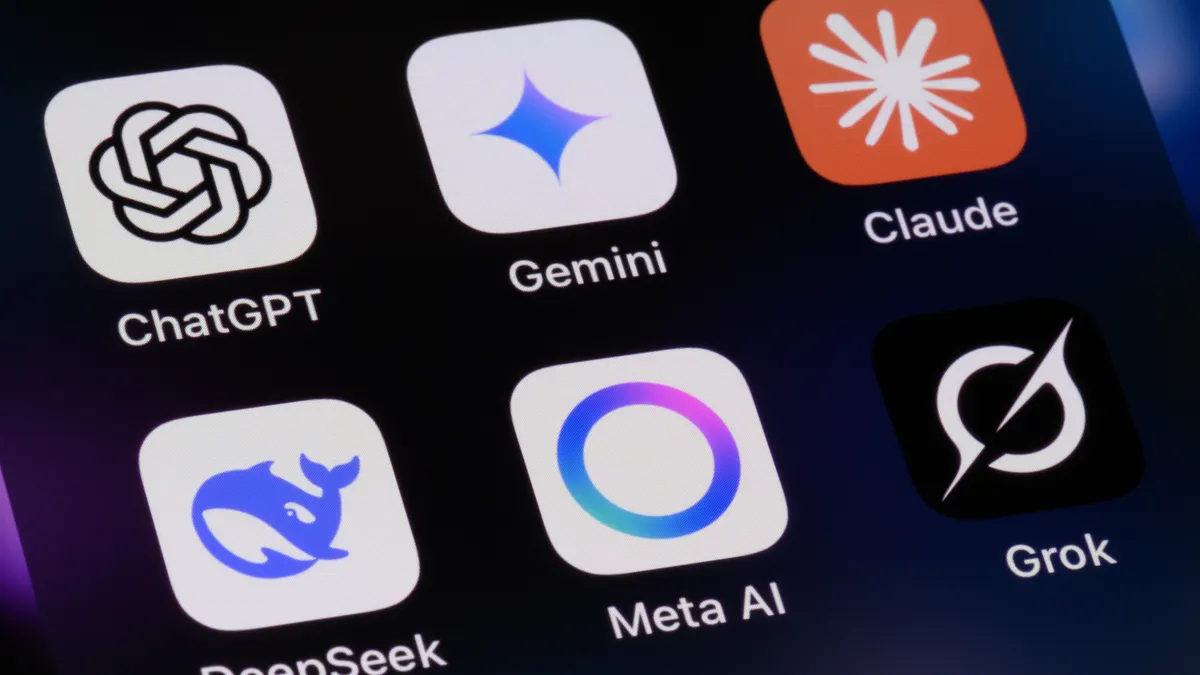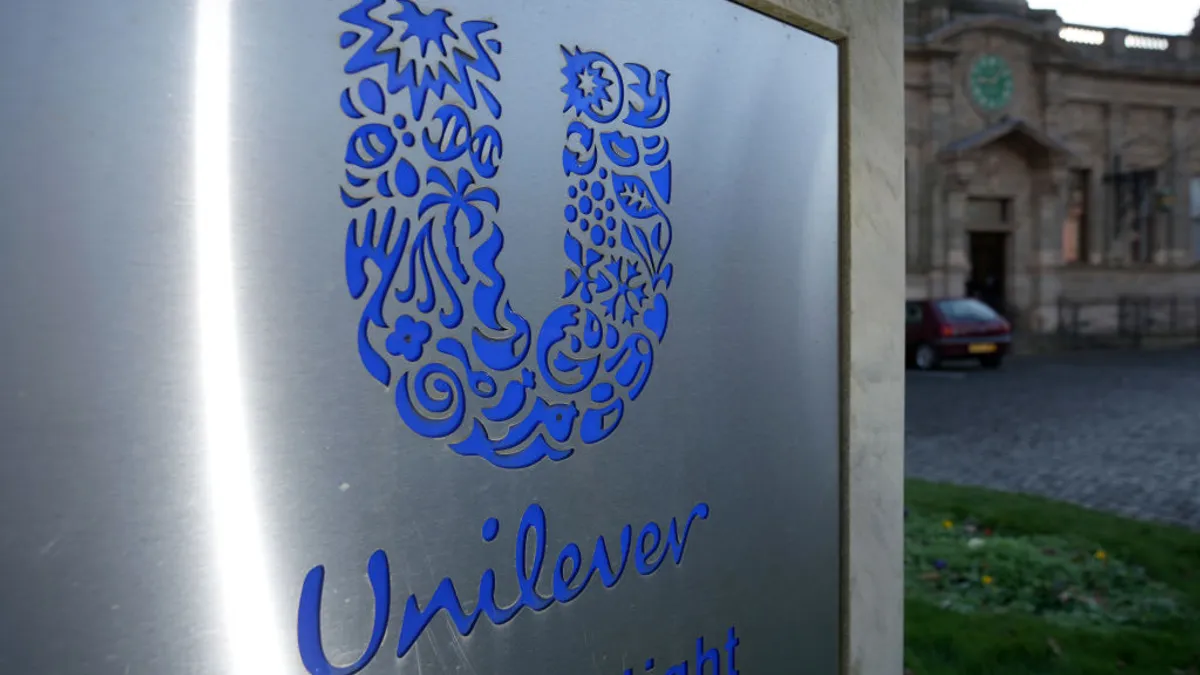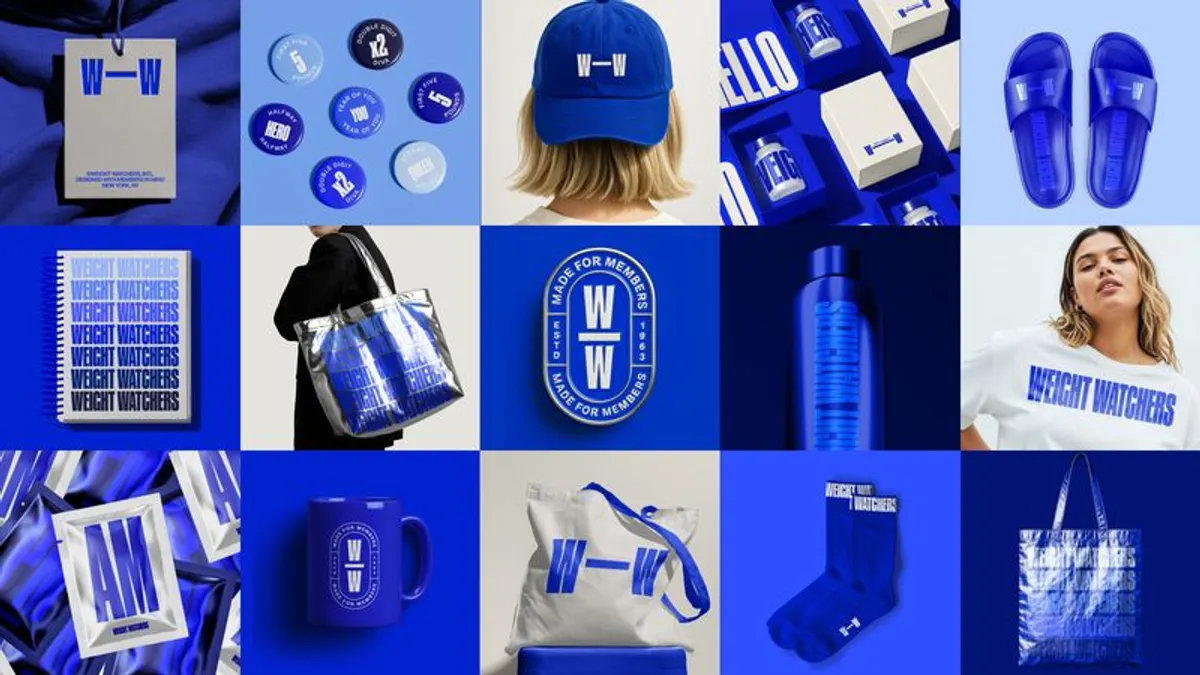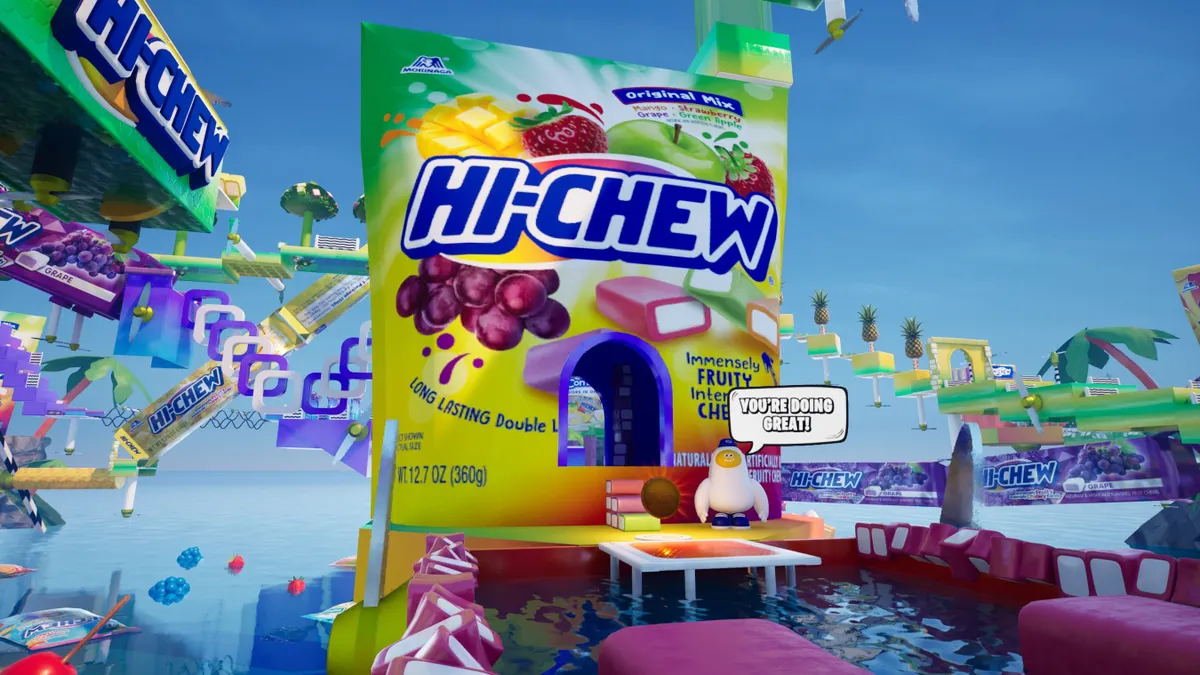The last time Walmart refreshed its brand, the Great Recession loomed large, the iPhone was only a year old and a hyphen still split the retailer’s legal name. On Monday (Jan. 13), the big-box store unveiled the latest update to its visual identity, one meant to embrace the growing role that digital and cross-channel capabilities play in an industry that has seen its makeup altered by technology over the past two decades.
“It’s more about aligning the visual expression with how the brand has evolved since 2008,” said David Hartman, Walmart’s vice president of creative, of the changes. “What that means, in a more practical sense, is really establishing ourself as truly an omnichannel retailer versus just a brick-and-mortar retailer and being able to serve the customer no matter where or how they want to encounter the brand.”
Included in the 2025 refresh are more vibrant yellows and blues (technically True Blue and Spark Yellow), a bigger emphasis on the sunburst-like “spark” icon Walmart implemented in 2008 and a new wordmark echoing one found on a trucker hat frequently sported by company founder Sam Walton, including on the cover of his book, “Made in America.” The Walton nod was inspired by Hartman’s team at Walmart Creative Studio taking a deep dive into the corporate archives to find something that could connect heritage to the brand’s current vision. The new typography is a custom design based on the font Antique Olive that Walmart is calling Everyday Sans.
“There is a great, unique origin story about that typeface, its roots in our past and how we’re bringing it forward to represent the brand where it is today,” said Hartman.
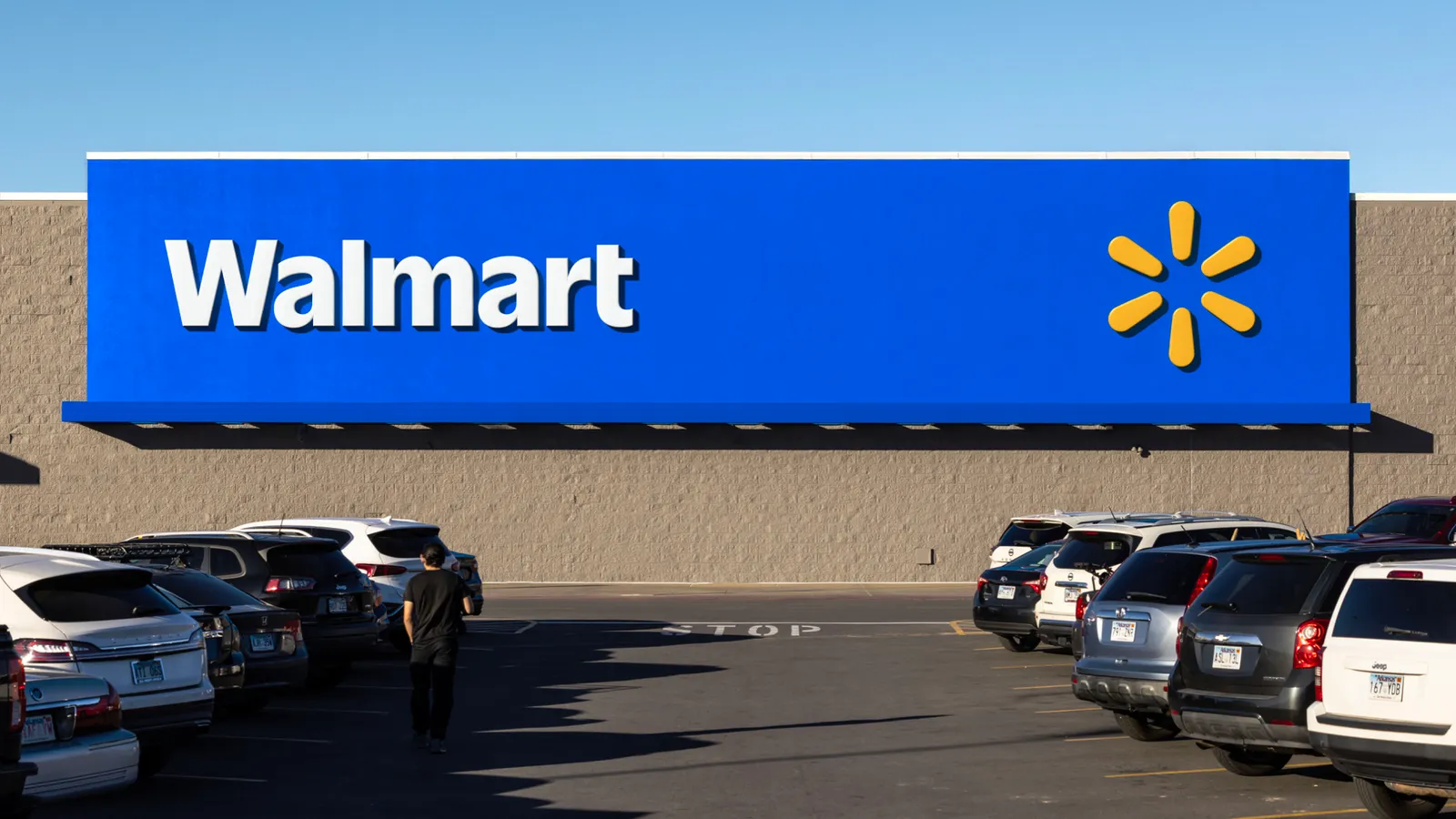
The Walmart spark appears largely the same as before but will play a different role in branding, with wider separation from the Walmart name on assets like storefronts. It’s a move intended to reinforce the logo’s status as a standalone symbol that can shore up Walmart’s brand equity, according to Hartman. Other retailers have created easy visual shorthands for their brands, such as Target’s bullseye or the Amazon smile.
Jones Knowles Ritchie assisted with Walmart’s brand identity overhaul while Landor partnered on aspects like store executions. Publicis Groupe handles core marketing and advertising services.
Digital-first evolution
While Walmart’s makeover is perhaps less dramatic than some past tweaks, such as ditching its hyphen and bowing the spark, it speaks to changing priorities for a company traditionally known for sprawling superstores.
“It’s not a wholesale reinvention of the Walmart identity. It’s very much an evolution versus a revolution,” said Hartman.
Walmart’s focus on digital has accelerated since the launch of membership service Walmart+ in 2020, a response to Amazon, and the larger consumer gravitation toward online shopping, which has supported the firm’s bigger crack into areas like selling advertising.
Walmart’s e-commerce sales in the U.S. were up 22% in Q3 of fiscal year 2025, extending a run that has dazzled investors. “If it ain’t broke, don’t fix it” is an adage that could generally apply to brand marketing, but the company still saw aspects of its appearance where modernization felt important and spent the past year-plus hashing out what those changes should look like.
In a press statement, Walmart U.S. CMO William White described a goal of becoming an “inspirational, digital retailer,” comments echoed elsewhere in the refresh announcement.
“The updated brand identity will help Walmart build credibility and connection, become known for its convenient digital-first services and be seen as a more modern, culturally dynamic brand,” states a press release.
Vying for vibrancy
On the brick-and-mortar front, Walmart is introducing full-colored illustrated murals into store locations to add a pop of storytelling and aid customers in navigating different departments, a shift away from a previous system that relied on icons and line work. Some of these elements have been present at Walmart’s experimental Store 4108 in Springdale, Arkansas, since October, but will roll out more widely in the months ahead.
“We’ve heard from customers who are shopping in that [4108] store and the store associates that it’s really helped improve the overall customer experience,” said Hartman. “Customers describe it as feeling more warm and more inviting when they enter the store.”

The embrace of elaborate, brighter visuals is part of a larger industry shift away from the minimalism that underpinned many branding efforts throughout the 2010s. For a rebrand in 2023, Pepsi introduced electric blues and deeper blacks, a different wordmark and decorative packaging that pivoted away from a previous focus on simplicity.
In other areas, Walmart’s aim is to deliver greater consistency and a user-friendly experience across channels like its app and Walmart.com, some of the earliest places where the refresh will go live. A modular grid system for browsing will display product images, photography and headlines, among other tweaks to what Hartman termed Walmart’s “brand operating system.”
“When [consumers] encounter the brand on the app, what they see from a product expression and a brand identity looks very similar or close to the same as what they see in our marketing and what they see in our store experience,” said Hartman of the refresh. “When you think about digital and omnichannel, we want to make those visual connections as tight as we possibly can so it feels like a seamless experience to the customer.”
The new look for Walmart will factor into its Q1 marketing campaign and activations, Hartman said, without offering specifics.
“We’re going to be very strategic about what assets get transferred and when,” added Hartman. “It’s not going to be an overnight change. It’ll definitely be something that happens over time.”
Correction: This story has been updated to more accurately reflect the recent financial period where Walmart's e-commerce sales grew 22%. The period was the third quarter of fiscal year 2025.


